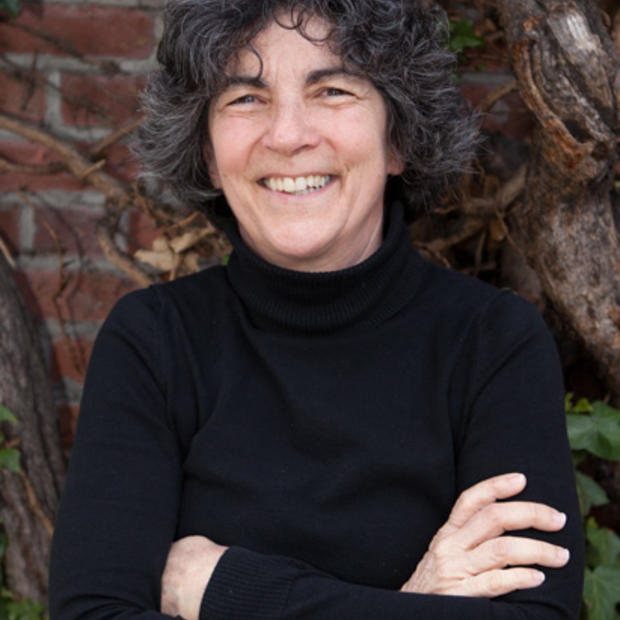You wrote an entire series on the Elwha for the Seattle Times. Why, and at what point did you decide to expand that work into a book? Was there some moment, or some person that made you realize there was a bigger story there?
I remember exactly when it struck me that I needed to do a book about this. I was on a hike in the Grand Canyon of the Elwha in 2010. I had been reporting on the Elwha dam removal since 1996, back when I worked for the Spokesman-Review, and the proposal was still just something people had been talking about forever. But as dam removal actually approached, I remember thinking the summer before contractors took that first whack out of the dams, that this was going to be an international story – the largest dam removal ever, anywhere, in a spectacularly important place.
I came into work the following Monday and approached my editors about doing a major series on the Elwha and a book. The Seattle Times committed to a long term exploration, giving us the time and the space to work as a team to capture the story richly, documenting the ecology of the Elwha before dam removal began starting in the summer of 2010. We approached the story from every angle, making, by the time we were finished, a video, several narrated slideshows, a special section in the newspaper and finally the book. And our coverage continues today.
The ability to work with photographer Steve Ringman, as well as graphic artists, designers, online video producers and editors to tell the story on every platform was very rewarding – and won the top award for online science journalism in 2012 from the American Association for the Advancement of Science.
What were the biggest challenges you faced while researching the book? Did you run afoul of any interest groups?The biggest challenge was one of translation: explaining the beauty, wonder and captivating detail of the ecology of the Elwha and how it had been altered by the dams – and would be altered again by dam removal. So much of what is involved is cloaked in jargon or thickets of scientific language that needed to be translated, to deliver a story, instead of sawdust.
The other challenge was just the complexity of the story. The politics of how dam removal happened – and almost didn’t – had played out over so many years there were only a few keepers of the story who had the whole arc at their command. Mostly it was a matter of assembling many parts and tracking down the original players to get the story first-hand.
The hottest wire was the hatchery issue. The Lower Elwha Klallam Tribe and native fish advocates were on opposite sides of that one.
As you travel around giving readings from the book, what are the most common questions people ask you?Everyone wants to know if it will work and if the fish will come back. The answer is sure – create habitat and nature always fills it — and sooner than we think. Fish and animals that depend on them are returning to the Elwha already.
Can dams, fish and rivers really co-exist?I would say it depends on the river, and on the dams and how they are operated. There is no one answer to that question. On the continuum of cost and benefit, the Skagit is a good example of a place where fish are persisting and kilowatts are being generated. One of the worst had to be the Elwha.
The media often characterizes these struggles as a battle between salmon and hydropower, between environmentalists and pro-business forces. Is that a fair characterization? If not, how do you see it?
I actually have seen maturation in my time as a reporter in the Pacific Northwest to a more sophisticated understanding, that nature is good for business and a good economy is good for stewardship. Alignment of the two is something more and more companies and stewards are understanding, and seeking.
Lynda Mapes is a staff reporter at the Seattle Times, where she specializes in covering environmental topics and Indian tribes. Lynda is also an author of three books, most recently, "Elwha, a River Reborn," published in April, 2013 by the Mountaineers Books and the Seattle Times; "Breaking Ground, the Unearthing of Tse-whit-zen Village," published by the University of Washington Press in 2009, and "Washington, the Spirit of the Land," published by Voyageur Books in 1999.
She has won numerous national and regional awards, including the prestigious national award for online science journalism from the American Association for the Advancement of Science in 2012, shared with her colleagues at the Seattle Times. Most recently, Lynda has been selected as a Knight Science Journalism fellow in residence at MIT for the 2013-14 academic year. She lives in the Greenwood neighborhood of Seattle with her husband, Douglas MacDonald.


